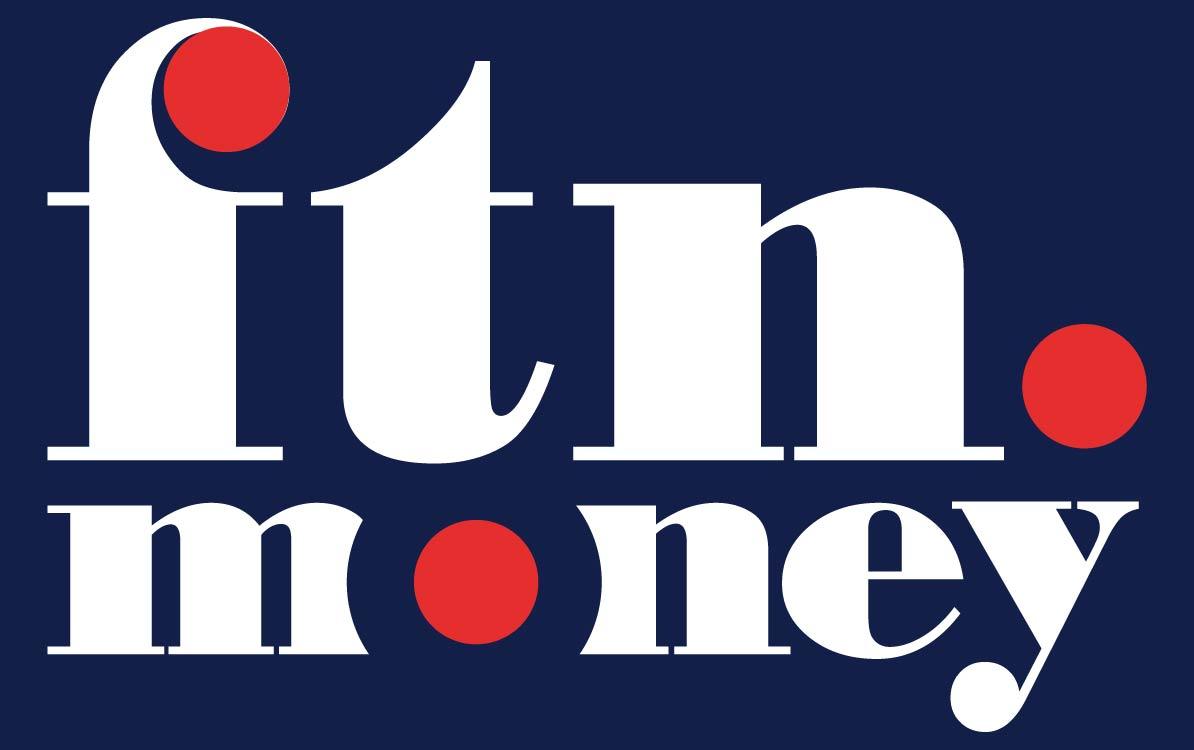How Money Transfers Evolved: A Journey from Telegraphs to Blockchain
The history of money transfers is a fascinating journey through technological advancements, economic shifts, and regulatory changes. From the early days of telegraph-based remittances to the cutting-edge blockchain technology of today, the way we send and receive money has transformed dramatically. This article explores the key milestones in this evolution, providing insights into the innovations that have shaped global finance.
The Early Days: Money Transfers Before the Digital Age
Before the advent of modern technology, money transfers were a cumbersome process. Local banks and postal services facilitated remittances, often taking weeks or even months to complete. These early methods were not only slow but also fraught with security risks and high fees. According to historical records from the World Bank, early remittances relied heavily on physical cash or postal orders, making them vulnerable to theft and fraud.
Western Union and the Telegraph Revolution (1850s–1900s)
The telegraph revolutionised money transfers in the 19th century. Western Union, founded in 1851, was at the forefront of this innovation. By leveraging telegraph lines, Western Union enabled faster and more secure remittances. Transactions that once took weeks could now be completed in hours or days. This technological leap significantly boosted economic activity, especially in the rapidly expanding United States.
How Telegraphs Enabled the First Cross-Border Transactions
Western Union’s telegraph-based system allowed for real-time communication between senders and receivers, reducing the risk of fraud and speeding up the transfer process. As noted by financial historian Richard Sylla, this early form of electronic communication laid the groundwork for modern money transfer systems.
Bank Networks and the Rise of International Money Transfers (1900s–1970s)
The early 20th century saw the rise of international banking networks. Banks began to establish correspondent relationships, enabling cross-border transactions. This period marked a significant shift towards more standardised and secure money transfer methods. However, the process remained complex and costly, often involving multiple intermediaries.
The SWIFT Network: Standardising Global Payments (1973–1990s)
The Society for Worldwide Interbank Financial Telecommunication (SWIFT) was established in 1973 to address the need for a more efficient and standardised system for international money transfers. SWIFT revolutionised global finance by providing a secure and reliable messaging service for banks. According to the SWIFT Institute, this network enabled faster and more transparent transactions, reducing the risk of errors and fraud.
Why SWIFT Became the Global Standard for Banking Transactions
SWIFT’s success can be attributed to its ability to standardise communication protocols and reduce the complexity of international transactions. By providing a common language for banks, SWIFT facilitated smoother and more secure cross-border payments. This period also saw significant regulatory shifts, with central banks and financial institutions working together to improve the stability and security of global financial systems.
Fintech Disruption: How Digital Wallets Changed Money Transfers (2000s–2010s)
The 2000s marked the beginning of the fintech revolution. Companies like PayPal, Venmo, and Wise introduced digital wallets and online payment platforms, transforming the way consumers and businesses transferred money. These platforms offered faster, cheaper, and more convenient alternatives to traditional banking methods.
The Role of PayPal and Digital Wallets in Changing Consumer Behaviour
PayPal, launched in 1998, was one of the pioneers in the digital wallet space. By providing a secure and user-friendly platform for online transactions, PayPal changed consumer expectations around money transfers. According to a fintech report by KPMG, digital wallets have significantly reduced transaction costs and improved accessibility, making money transfers more inclusive.
Blockchain and the Future of Money Transfers (2010s–Present)
The advent of blockchain technology in the 2010s introduced a new era of innovation in money transfers. Blockchain, the technology behind cryptocurrencies like Bitcoin and Ethereum, offers a decentralised and transparent system for financial transactions. This technology has the potential to revolutionise cross-border payments by reducing costs, increasing speed, and enhancing security.
Is Blockchain the Future of Money Transfers?
Blockchain technology has already made significant strides in the financial sector. Companies like Ripple are leveraging blockchain to facilitate near-instant cross-border payments with minimal fees. According to a report by the International Monetary Fund (IMF), blockchain could be the key to unlocking the next wave of financial innovation, particularly in the realm of decentralised finance (DeFi).
Comparison Table
| Era | Technology Used | Key Players | Speed | Security & Costs |
| 1800s | Postal orders, cash remittances | Local banks, Western Union | Weeks to months | Low security, high fees |
| 1850s–1900s | Telegraph-based transfers | Western Union | Hours to days | Higher security, expensive |
| 1970s–1990s | SWIFT & banking networks | Global banks | 1–5 days | Secure but costly |
| 2000s–2010s | Digital wallets & fintech | PayPal, Wise, Revolut | Instant to hours | Lower costs, variable security |
| 2010s–Present | Blockchain & crypto | Bitcoin, Ethereum, Ripple | Near-instant | High security, low fees |

Call-to-Action & Engagement Strategy
As we navigate the evolving landscape of money transfers, your insights are invaluable. Share your experiences with different money transfer methods in the comments below. What do you think about the future of blockchain and decentralised finance? Will they replace traditional banking networks? We’d love to hear your thoughts!
Footer: Referenced Sources & Citations
Disclaimer: This article provides a historical overview of money transfer evolution. Readers should consult financial professionals for investment or payment-related decisions.





